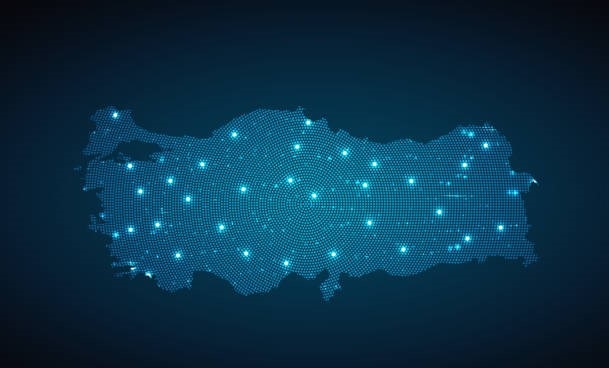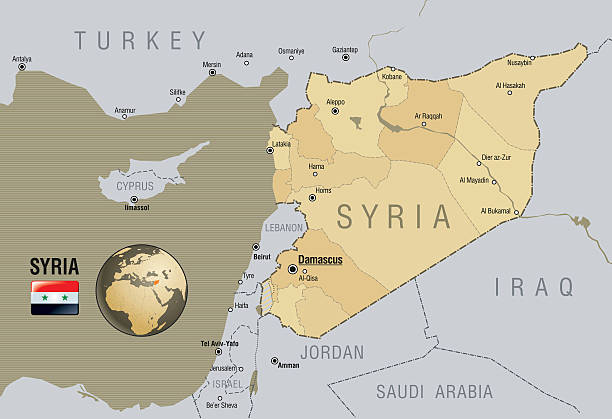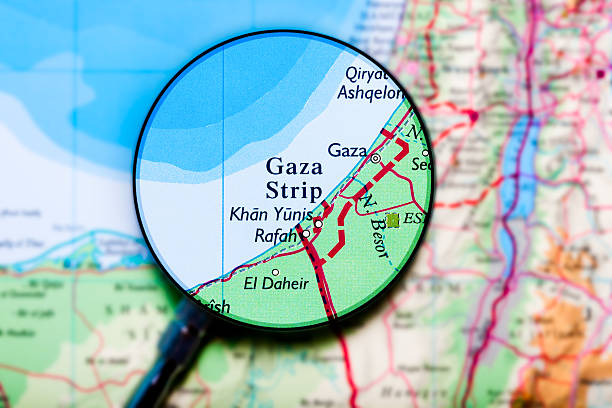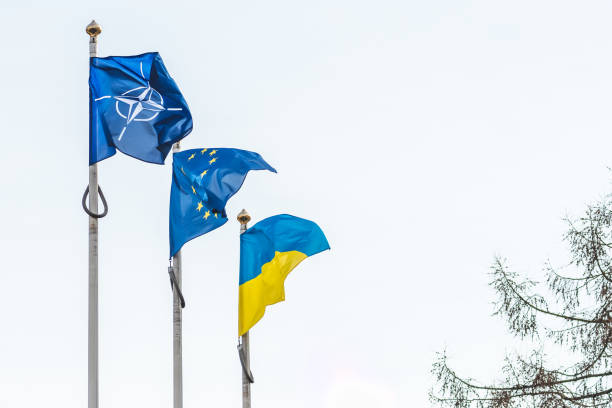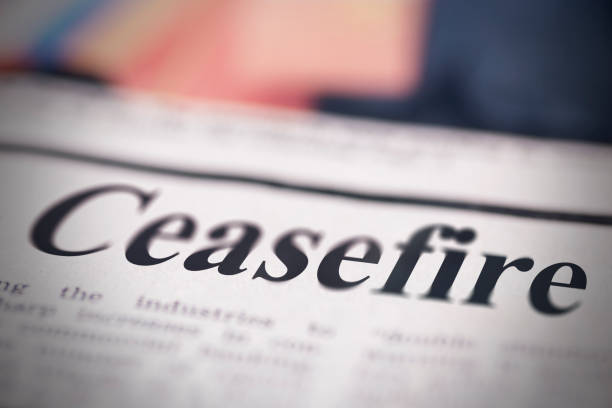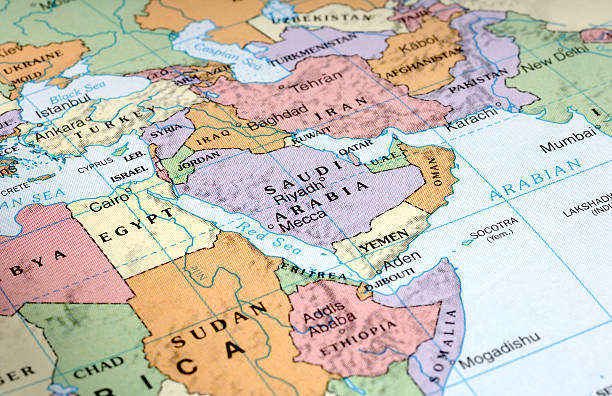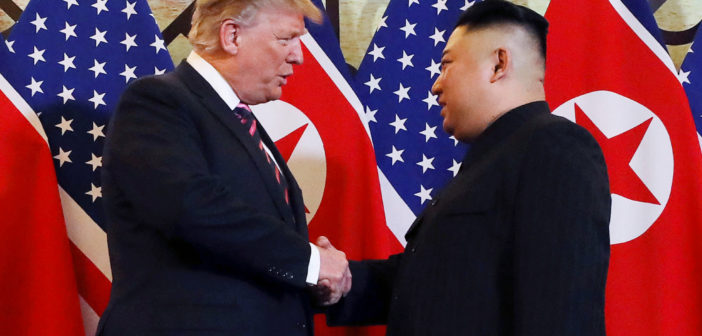
The three paragraphs below were among the conclusions I had drawn from the first Trump-Kim summit held in Singapore on June 12, 2018 (*):
- The Singapore summit marks the relaunching, under more favourable circumstances and with a lot of theatre, of decades of diplomatic negotiations with Pyongyang on denuclearization. However, the DPRK is now an established nuclear power. Thus, there is a long road ahead and a US president with little patience.
- One may conclude therefore that in the negotiations soon to be launched, the Trump White House would insist on rapid denuclearization and Kim Jong Un on the need to normalize relations and at least a gradual lifting of sanctions.
- It seems that under Mr Trump conventional diplomacy will give way to one-to-one deal-making with no mention of agreements, treaties and multilateralism.
A good number of observers are inclined to see the second Trump-Kim summit held in Hanoi as a failure because President Trump had to walk away “with respect” as he had promised before the Singapore summit. For this impression of failure, Mr Trump is solely responsible because his remarks on his personal relationship with Kim Jong Un created unrealistic expectations.
Actually, the Washington-Pyongyang dialogue has yielded some concrete results.
On April 20, 2018, Kim Jong Un announced that North Korea would longer conduct nuclear or missile tests. In May North Korea released three American detainees. Later in the month, North Korea dismantled its Punggye-ri nuclear test site in a goodwill gesture ahead of the Singapore summit. In July, the remains of 55 American servicemen were returned to the US. Thus, the atmospherics of relations improved. And, in September Kim Jong Un and South Korean President Moon Jae-in met for their third summit, this time in the North Korean capital and signed the Pyongyang Joint Declaration.
However, denuclearization of nuclear power after decades of investment is not an easy task.
In an interview with Karmina Constantino of ABS-CBN after the Hanoi summit, Secretary Pompeo said, “This is a long problem. This is an intractable problem. It is very complex. And so it should be unsurprising to the world that it’s going to take multiple throws to get it right…”
The world would certainly prefer walking the path of “a process” to new tensions. But, the wisdom of nuclear non-proliferation for world security aside, achieving nuclear power status contributes to a country’s global standing and Kim Jong Un will not give that up in a flash. Thus, despite his commitment, North Korea’s denuclearization in the short-term is a chimaera. Even in the long-term, it is unlikely. Korea has experienced foreign invasions in the past and the prospect of a reunited nuclear Korea of eighty million people with a vibrant economy and thus a regional power could be appealing to Koreans.
The balance sheet of the first two summits favours Kim Jong Un. Because, he has come out of his long isolation; he has travelled to China, Singapore and Vietnam. He may in the not too distant future also visit Moscow. And, he has managed to appear as an equal interlocutor with President Trump who on two occasions had to travel far to meet him. This has made Kim Jong Un a familiar leader to the world. Somehow, he has managed to rise above the image of a ruthless dictator.
President Trump, on the contrary, has travelled twice to Asia to meet him. But he has not been able to strike a deal. In all likelihood, he will not travel again to Asia to meet Kim Jong Un. And since the latter does not travel far, a third summit may not be in the cards for some time.
The path to the JCPOA was different.
Iran was on its way to becoming a nuclear power. On June 14, 2013, Hassan Rouhani, a former nuclear negotiator, was elected president of Iran. Three days after his inauguration, he called for the resumption of negotiations with the P5+1. On September 27, President Obama called Mr Rouhani, marking the highest-level contact between the US and Iran since the 1979 Revolution. In mid-October 2013 Iran and the P5+1 resumed negotiations on Iran’s nuclear program. On July 14, 2015, nearly two years after the launching of intense negotiations, Iran and the P5+1 reached a comprehensive deal. For those two years, Iran’s counterparts at the table were the five permanent members of the UN Security Council, the world’s governing body plus Germany, EU’s “primus inter pares”. Finally, on July 20, 2015, the UN Security Council unanimously endorsed the nuclear deal and the lifting of sanctions on Iran.
In brief, the JCPOA was a multilateral agreement whereas President Trump has so far remained determined to get a bilateral deal. He probably wishes to get all the credit for North Korea’s denuclearization but may end up being blamed for his failure to accomplish that and his disregard for multilateralism.
President Trump is confronted with two supreme leaders, Ayatollah Khamenei in Teheran and Kim Jong Un in Pyongyang. He needs a coherent strategy to balance what has been achieved with the former, with what can realistically be achieved with the latter.
A word on the recent India-Pakistan confrontation: Islamabad has released the Indian pilot it captured in a “peace gesture”. This is wise diplomacy and would hopefully lead to the lowering of tensions between the two nuclear neighbours. Pakistan’s gesture should serve as an example for the Middle East.
………………………………………………………………………………….
(*) The Singapore Summit, June 13, 2018:
https://diplomaticopinion.com/2018/06/13/the-singapore-summit/




